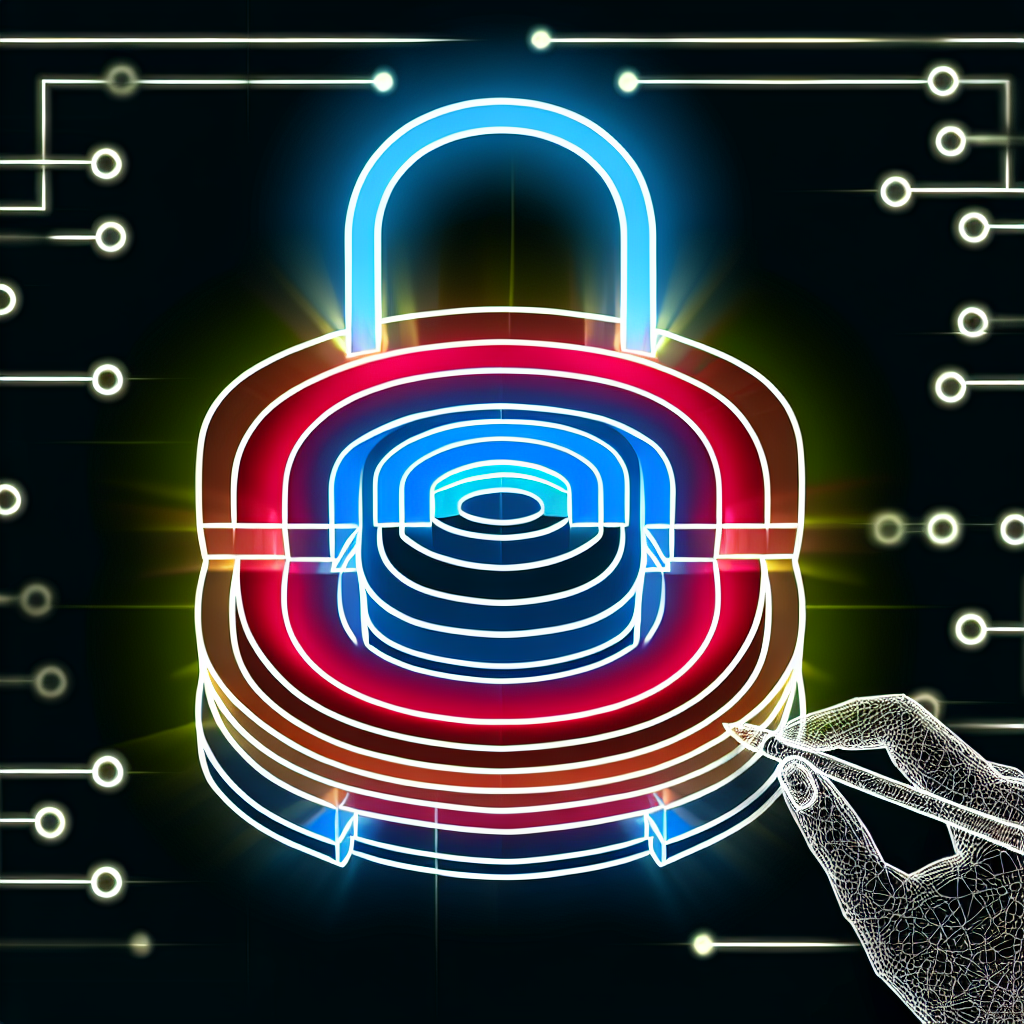In today's digital age, the need for robust authentication methods to secure sensitive information and systems has never been more critical. With the rise of cyber threats and data breaches, understanding how authentication works and the importance of multi-factor authentication is essential. This article will delve into the basics of authentication, the significance of multi-factor authentication, and how advanced authentication methods can further enhance security measures. By implementing these practices, organizations can better protect their assets and prevent unauthorized access to their data.
1. Understanding the Basics of Authentication
Authentication is the process of confirming the identity of a user, server, or client application before allowing access to protected resources. This verification can be achieved through various methods, such as passwords, security tokens, and digital certificates.
Passwords are the most common form of authentication, where a user must provide a unique combination of characters to prove their identity. However, passwords alone are not enough to secure your systems, as they can be easily compromised through phishing attacks or data breaches.
Security tokens, such as physical devices or smartphone apps that generate one-time codes, add an extra layer of security to the authentication process. These tokens provide a unique code that must be entered along with a password to access a system, making it more difficult for unauthorized users to gain access.
Digital certificates are another important aspect of authentication, particularly in server-to-server communication. These certificates are issued by trusted third parties and provide a way to verify the identity of a server before exchanging sensitive information.
Overall, understanding the basics of authentication is essential for protecting your systems and data from unauthorized access. By implementing multi-factor authentication and incorporating various authentication methods, you can enhance the security of your systems and prevent unauthorized users from gaining access to your sensitive information.
2. The Importance of Multi-Factor Authentication
Multi-factor authentication is crucial in today's digital world where cyber threats are constantly evolving. Using only a username and password for authentication is no longer enough to protect sensitive information and prevent unauthorized access.
By implementing multi-factor authentication, you add an extra layer of security that significantly reduces the risk of unauthorized access. Even if a hacker manages to obtain someone's username and password, they would still need the additional factor to gain access to the system or data.
Multi-factor authentication also provides peace of mind for both users and organizations. Users can feel more confident that their accounts are secure, while organizations can better protect their sensitive data and systems from potential breaches.
Furthermore, multi-factor authentication aligns with compliance regulations and standards, such as GDPR and HIPAA, which require organizations to implement robust security measures to protect personal data.
Overall, the importance of multi-factor authentication cannot be overstated. It is a critical component of a comprehensive security strategy that helps to safeguard against increasingly sophisticated cyber threats and unauthorized access.
3. Enhancing Security with Advanced Authentication Methods
In addition to multi-factor authentication, there are advanced authentication methods that can further enhance security. One such method is biometric authentication, which uses unique physical characteristics such as fingerprints, facial recognition, or iris scans to verify a user's identity. Biometric authentication is difficult to fake and provides an extra layer of security beyond traditional passwords.
Another advanced authentication method is adaptive authentication, which uses machine learning and behavior analysis to continuously monitor and assess user behavior. This method can detect anomalies in user behavior and prompt for additional authentication steps if necessary, helping to prevent unauthorized access.
Finally, some organizations are exploring the use of blockchain technology for authentication. Blockchain can provide a decentralized and tamper-proof way to verify identities, making it harder for hackers to compromise authentication systems.
By incorporating these advanced authentication methods into your security protocols, you can further protect your systems and data from unauthorized access and cyber threats.

